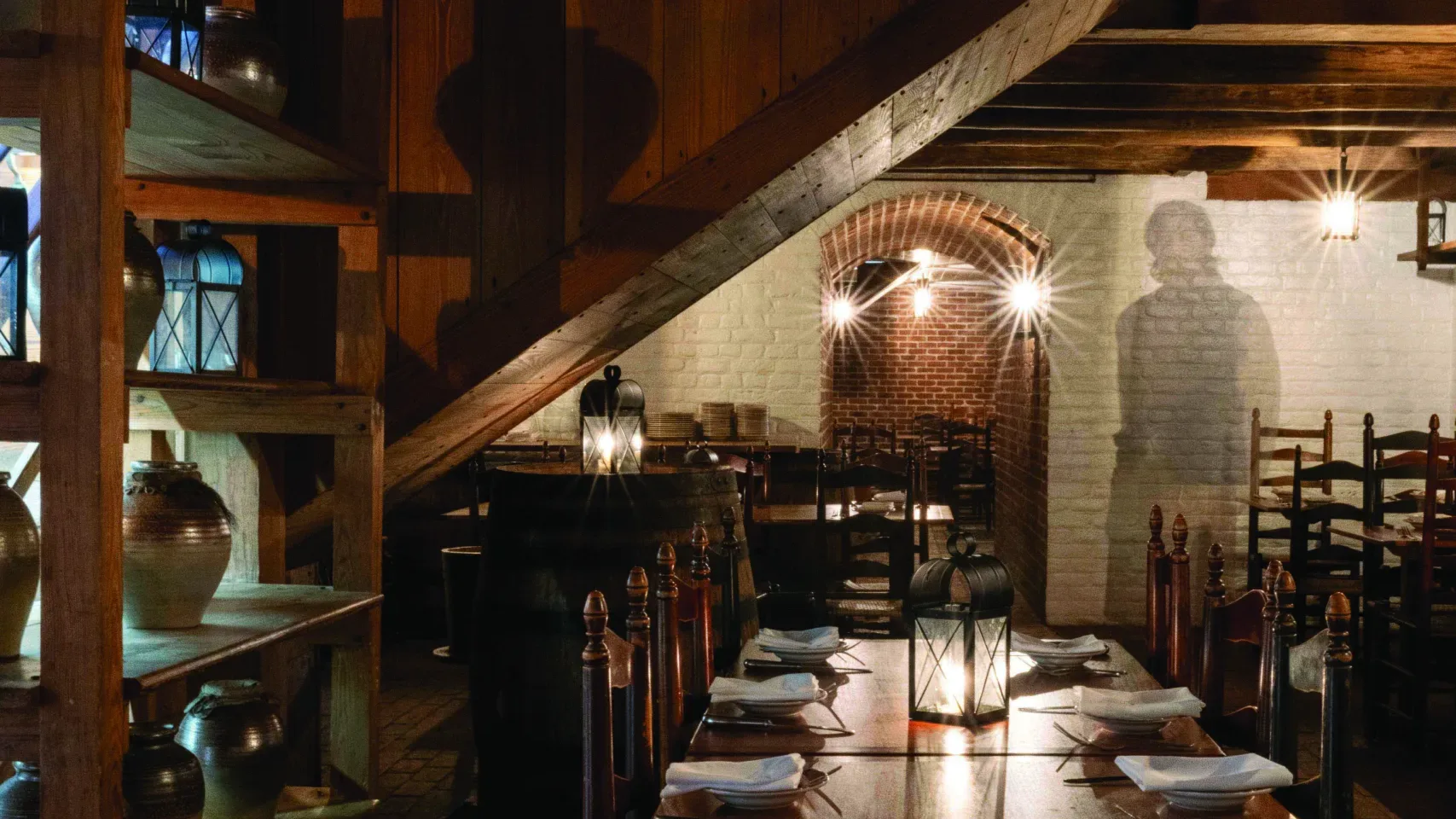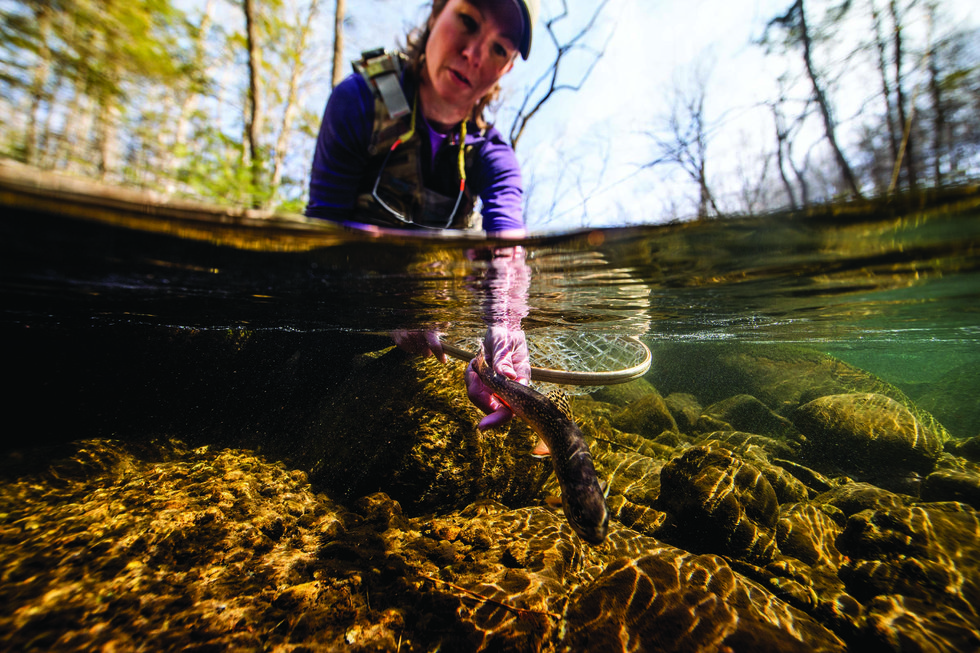Intriguing bloodroot is not the be trifled with.

bloodroot
Native Americans used the sap of Sanguinaria canadensis to help arthritis, lung ailments, wounds, cancer … even as a love potion.

bloodroot
Native Americans used the sap of Sanguinaria canadensis to help arthritis, lung ailments, wounds, cancer … even as a love potion.
Native Americans used the sap of Sanguinaria canadensis to help arthritis, lung ailments, wounds, cancer … even as a love potion.
In spring, while strolling through Virginia woodlands or in a shady corner of one of our more esoteric gardens, some lucky souls may happen upon a patch of white flowers scattered like so many stars against the duff. Look, but don’t touch—bloodroot’s delicate blooms will collapse within an hour of being picked. Enjoy, and walk on.
Then, if possible, stop by around the same time each day in order to witness the elegant, slow spectacle of this plant’s life cycle, reminiscent of a dance. When bloodroot first emerges from the soil, its bud crouches inside the enclosure of its single leaf, growing to about four inches before rising above the sheath, toward the sun. Finally, the flower opens for a few days, but the leaf remains wrapped around the stalk. “The gesture of openness and luminance in the flower … finds its contrast in the still-budlike protective leaf,” writes Craig Holdrege, director of the Nature Institute, a New York nonprofit focused on education and research. “The plant is never fully open at one time.” Once the flower subsides, the leaf continues to grow, photosynthesizing to feed the growing seedpod that it shelters. The leaf will persist well into the summer, until it outlives its usefulness—the seedpod will finally burst, and ants will carry away the seeds. The leaf then falls to the ground and decays.
With eight to 12 petals and the one leaf, the little flower’s outward simplicity belies its complexity. The blood-red sap found in its thumb-sized rhizome contains a substance called sanguinarine that has pharmacological qualities. Native Americans used the sap of Sanguinaria canadensis to help arthritis, lung ailments, wounds, cancer, moles and more, and also as a dye and even a love potion. The first colonists, who referred to bloodroot variously as puccoon (a Native American word for dye), coon root (an Appalachian mangling of puccoon), tetterwort (tetter refers to skin conditions), turmeric (not the spice in your kitchen), sweet slumber and other names, adopted many of these uses. In fact, the plant is said to have “antibiotic and anti-inflammatory” as well as “antiseptic, cathartic, diuretic, emetic, emmenagogue, escharotic, expectorant, febrifuge, sedative, spasmolytic, stimulant, and tonic properties,” according to a 2005 paper by Virginia Tech researcher Mary L. Predny and USDA scientist James L. Chamberlain.
Along with that raft of putative benefits, sanguinarine is controversial, too. It used to be the main anti-plaque ingredient in Colgate’s toothpaste Viadent, until studies found it to be associated with a tenfold increase in precancerous lesions of the mouth. Then there’s bloodroot’s use in treating cancers: While the Internet is rife with anecdotal evidence that bloodroot can destroy tumors, there’s a notable absence of peer-reviewed studies confirming this effect, although sanguinarine’s flesh-killing effects are documented. And the treatment also brings intense pain and scarring. A clinic in Tijuana offers what’s known as the Hoxsey treatment for treating cancers, using bloodroot and other herbs. It has been banned in the U.S. since 1960. (Fact: When Harry Hoxsey, a former coal miner, failed to cure his prostate cancer with the treatment that bears his name, he ended up having conventional surgery. He died seven years later.)
As with any plant used in alternative medicine, bloodroot seems to inspire a lot of magical thinking. Whether or not you believe in “channeling” or “journeying,” author and “herbal and plant spirit healing practitioner” Pam Montgomery’s description of “the spirit of bloodroot” encompasses both the beauty and power of this small plant: “She appeared to me as a very kind older woman dressed in a shimmering silver gown. She looked almost like Glenda [sic], the Good Witch of the North,” Montgomery writes. “She said that her main gift was that of purity. … She cautioned me to use her sparingly because her gift was so powerful.” If bloodroot could talk, that’s probably pretty close to what she would tell us.
Indeed, diminutive bloodroot is beautiful, ephemeral and a bit fearsome, all at once. Kind of like Mother Nature, herself.










